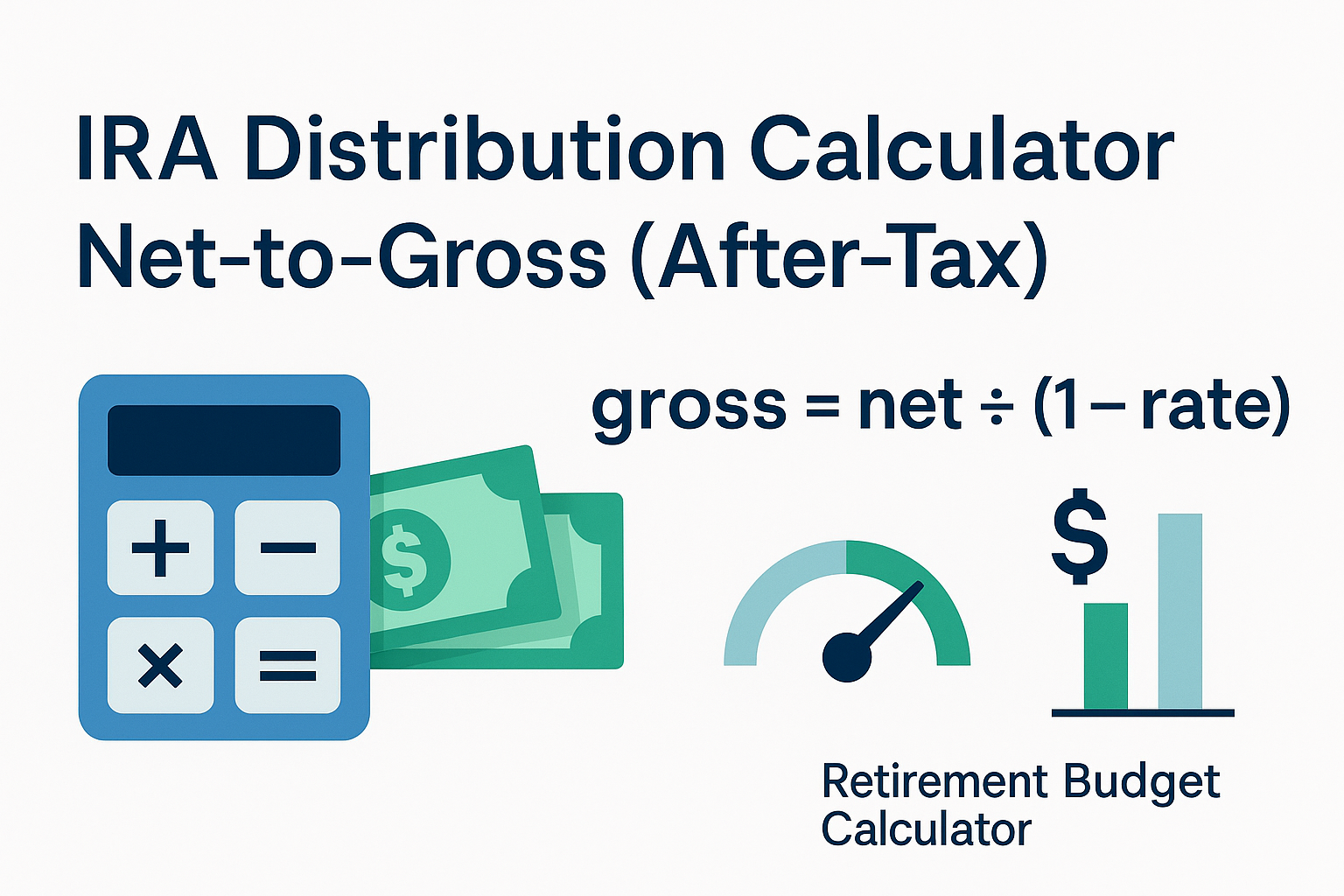
Understanding Required Minimum Distributions (RMDs) at Age 73 and 75
Updated on May 16, 2025
If you're approaching age 73 or 75 and have a traditional IRA, 401(k), or other tax-deferred retirement accounts, it's time to get familiar with Required Minimum Distributions (RMDs). The IRS requires you to begin taking distributions from these accounts once you reach a certain age, and the amount you must withdraw each year is based on your age and life expectancy.
When Do RMDs Start?
- Born between 1951 and 1959: RMDs begin at age 73.
- Born in 1960 or later: RMDs begin at age 75.
These ages reflect the changes introduced in the SECURE 2.0 Act, which pushed back the starting age for RMDs.
RMD Table Using the Uniform Lifetime Table
The IRS Uniform Lifetime Table is used by most retirees to calculate RMDs. Below is a sample of the factors used at ages 73 and 75:
| Age | RMD Divisor (Factor) | Account Balance | Required Minimum Distribution |
|---|---|---|---|
| 73 | 26.5 | $1,000,000 | $37,736 |
| 75 | 24.6 | $1,000,000 | $40,650 |
Formula: RMD = Account Balance ÷ IRS Divisor
For example, at age 73: $1,000,000 ÷ 26.5 = $37,736
RMD Table as Withdrawal Percentages
If you prefer to think in terms of percentages, here’s how those divisors translate into withdrawal rates:
| Age | RMD Divisor (Factor) | Withdrawal Rate |
|---|---|---|
| 73 | 26.5 | 3.77% |
| 75 | 24.6 | 4.07% |
Formula: Withdrawal Rate = 1 ÷ IRS Divisor
Full RMD and Withdrawal Rate Table
| Age | Distribution Period | Withdrawal Rate (%) |
|---|---|---|
| 72 | 27.4 | 3.65% |
| 73 | 26.5 | 3.77% |
| 74 | 25.5 | 3.92% |
| 75 | 24.6 | 4.07% |
| 76 | 23.7 | 4.22% |
| 77 | 22.9 | 4.37% |
| 78 | 22.0 | 4.55% |
| 79 | 21.1 | 4.74% |
| 80 | 20.2 | 4.95% |
| 81 | 19.4 | 5.15% |
| 82 | 18.5 | 5.41% |
| 83 | 17.7 | 5.65% |
| 84 | 16.8 | 5.95% |
| 85 | 16.0 | 6.25% |
| 86 | 15.2 | 6.58% |
| 87 | 14.4 | 6.94% |
| 88 | 13.7 | 7.30% |
| 89 | 12.9 | 7.75% |
| 90 | 12.2 | 8.20% |
| 91 | 11.5 | 8.70% |
| 92 | 10.8 | 9.26% |
| 93 | 10.1 | 9.90% |
| 94 | 9.5 | 10.53% |
| 95 | 8.9 | 11.24% |
| 96 | 8.4 | 11.90% |
| 97 | 7.8 | 12.82% |
| 98 | 7.3 | 13.70% |
| 99 | 6.8 | 14.71% |
| 100 | 6.4 | 15.63% |
| 101 | 6.0 | 16.67% |
| 102 | 5.6 | 17.86% |
| 103 | 5.2 | 19.23% |
| 104 | 4.9 | 20.41% |
| 105 | 4.6 | 21.74% |
| 106 | 4.3 | 23.26% |
| 107 | 4.1 | 24.39% |
| 108 | 3.9 | 25.64% |
| 109 | 3.7 | 27.03% |
| 110 | 3.5 | 28.57% |
| 111 | 3.4 | 29.41% |
| 112 | 3.3 | 30.30% |
| 113 | 3.1 | 32.26% |
| 114 | 3.0 | 33.33% |
| 115 | 2.9 | 34.48% |
| 116 | 2.8 | 35.71% |
| 117 | 2.7 | 37.04% |
| 118 | 2.5 | 40.00% |
| 119 | 2.3 | 43.48% |
| 120+ | 2.0 | 50.00% |
Why This Matters
RMDs are taxable income. Not taking them on time can result in significant penalties—up to 25% of the amount that should have been withdrawn. Having a plan for RMDs is essential for managing taxes and cash flow in retirement.
You may also want to consider Roth conversions before RMD age to reduce future required distributions, or coordinate RMDs with charitable giving using Qualified Charitable Distributions (QCDs) if you're 70½ or older.
Plan Ahead with the Retirement Budget Calculator
The Retirement Budget Calculator makes it easy to model RMDs and see their impact on your retirement plan. Try it free today and see how smart planning can increase your confidence to spend in retirement.


